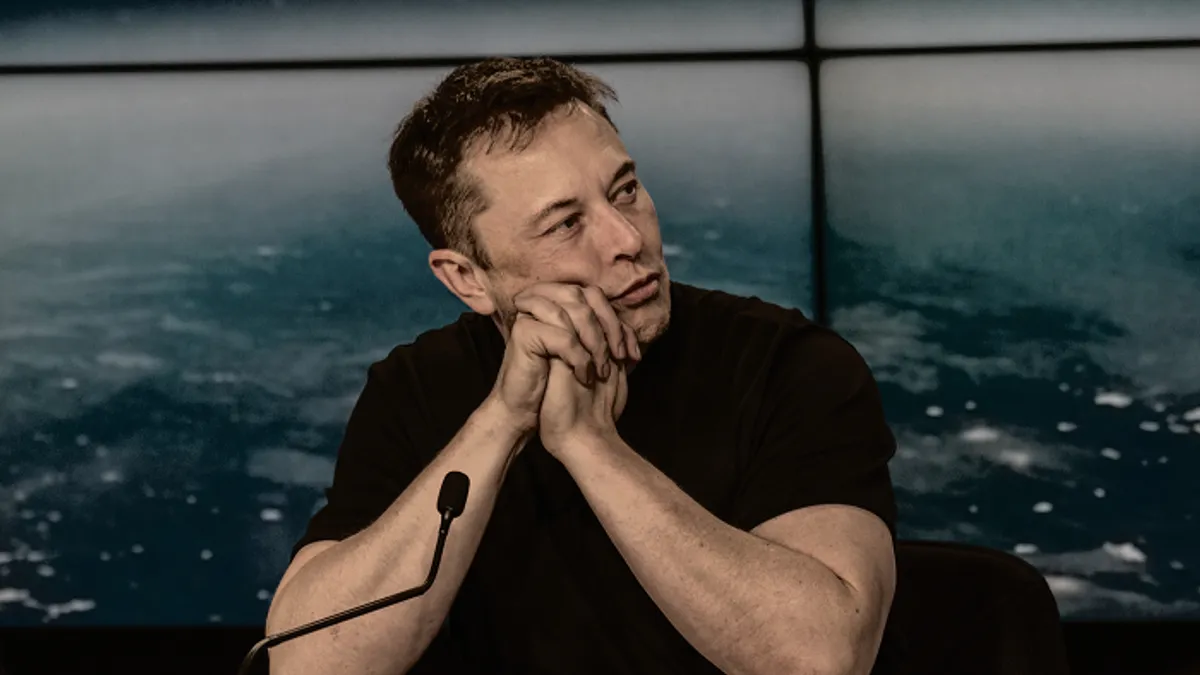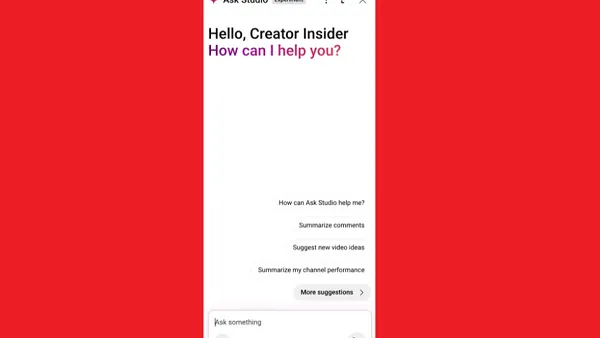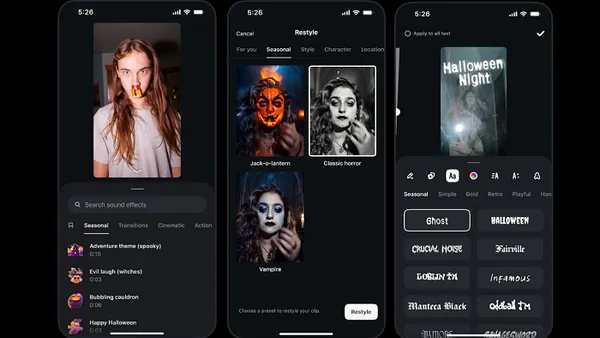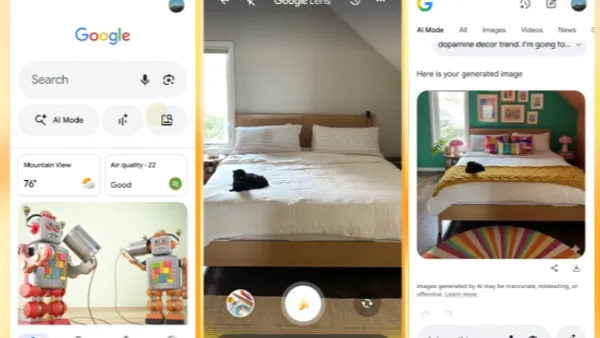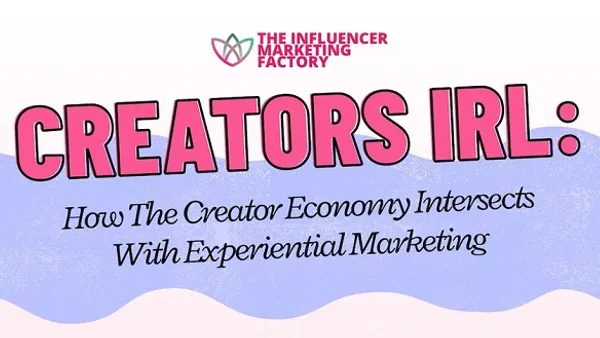
The advent of digital marketing has democratised creativity in a way that we're now in a revolution of creative collaboration, with the number of partners involved in the creative process growing and a lot of emphasis put into the democratisation of idea.
However, I can't help but think that there is a missed opportunity there. Democratisation requires differentiation to stand out, and in this saturated landscape, how does a brand differentiate itself from it's competition? What is that difference that makes all the difference?
In a recent press release about the State of Online Advertising, Ann Lewnes, CMO of Adobe, cautions that "Digital marketing has created a remarkable opportunity, but it comes with higher expectations from consumers. They expect a story tailored specially for them, a level of trust and transparency with the brands they do business with and, most importantly, a great experience. Brands delivering anything less will ultimately be ignored."
It's a scary thought - and how do brands deliver on the customer's expectation?
This festival is an opportunity for the industry to really dive deep into the basic fundamental law of marketing: "know thy audience", remembering that everything we do is for them as the end user and person we wish to attract or keep.
In today's world, all marketing efforts should aim to 'delighting the audience', speaking to them on the platforms they're on, in the style they're receptive to. Each landscape calls for a different approach, and brands don't know all the answers. But they don't need to.
Enter the influencers and brand evangelists - media owners, content creators, people with their own communities who are already fans of the brand. Who better to work with to tailor the story and approach the consumers in a way that works for them, than through an influencer that they trust and respect and know is already a natural advocate for brand? After all, they are the ultimate fan, with their own communities - they know how to create relevant content and know how to deliver memorable experiences that works for their audience. We should now be moving away from sponsored content, into influencer co-created content.
This idea is not that new, but it requires a change in mindset and for clients to be enlightened. Content can no longer be shoehorned, but instead, customised. For example, in 2010, I ran a campaign for Mazda at my previous company, Unruly. The brief was to generate exposure and buzz around the Mazda MX-5 Thrills campaigns and I worked with influencers across various platforms - twitter, digg (which was big at that time), across verticals: entertainment, fashion, sports etc, giving them autonomy in how they approached the idea. The campaign resulted in #mazdathrills trending on Twitter with 1.17 million Twitter users exposed to the campaign and a huge variety of posts that came together as separate strands united by the theme, with one of the editorials trending on the front page of Digg. You can see the case study here. Goes to show that synergy can be achieved when these very powerful influencers are given the freedom and autonomy to create content that works for them and their audience.
So, who owns the creative agenda?
The short answer is the brands but the correct answer may lay somewhere else, the audience. However, in the new world order of advertising, the onus is on brands to, with the help of their agencies, identify the audience they want to reach, set the tone, messaging and the vision and work with the appropriate influencers for the audience to produce content that drives the brand's aims in a way that resounds with their audience.
So it comes down to trust and collaboration - the client trusting the agency and them in turn trusting the media or medium for delivery. When all your values align, and if all parties stand to benefit from the partnership in some way, it will be set up for success.




